Freedom Fighter Names The struggle for India’s independence was an arduous journey filled with brave souls who stood tall against the might of colonial rule. This article takes you on a captivating tour through the lives of some of the most remarkable freedom fighters who played pivotal roles in shaping the destiny of our nation.
60 Freedom Fighter Names
- Bal Gangadhar Tilak: The Firebrand Nationalist
- Dr. Rajendra Prasad: First President of India
- Dr. Lal Bhadur Shastri: The Man of Simplicity and Integrity
- Sardar Vallabhbhai Patel: The Iron Man of India
- Bhagat Singh: The Symbol of Courage and Sacrifice
- Subhas Chandra Bose: Netaji and the Azad Hind Fauj
- Mahatma Gandhi: The Father of the Nation
- Jawaharlal Nehru: India’s First Prime Minister
- Gopal Krishna Gokhale: The Mentor and Guide
- Chandra Shekhar Azad: The Immortal Revolutionary
- Dadabhai Naoroji: The Grand Old Man of India
- Tantia Tope: The Hero of the 1857 Revolt
- Bipin Chandra Pal: A Dynamic Leader of the Extremist Movement
- Lal Lajpat Rai: The Lion of Punjab
- Ashfaqulla Khan: Martyr for India’s Independence
- Nana Sahib: The Forgotten Hero of 1857
- Sukhdev: The Brave Companion of Bhagat Singh
- Kunwar Singh: The Warrior of 1857
- Mangal Pandey: The Spark of the Sepoy Mutiny
- V.D Savarkar: The Veer of Indian Freedom Movement
- Annie Besant: The Fearless Champion of India’s Cause
- Rani Lakshmi Bai: The Warrior Queen of Jhansi
- Begum Hazrat Mahal: The Beacon of the 1857 Uprising
- Kasturba Gandhi: The Woman Behind the Mahatma
- Kamla Nehru: The First Lady of India
- Vijay Laxmi Pandit: Trailblazer in Diplomacy
- Sarojini Naidu: Nightingale of India
- Aruna Asaf Ali: The Spirited Freedom Fighter
- Madam Bhikaji Cama: Unyielding Voice for Freedom
- Kamla Chattopadhyay: A Revolutionary at Heart
- Sucheta Kriplani: Pioneering Woman in Politics
- Kittur Chennamma: The Warrior Queen of Karnataka
- Savitribai Phule: A Beacon of Social Reform
- Usha Mehta: Radio Voice of Freedom
- Lakshmi Sahgal: The INA’s Daring Captain
- Dr. B.R Ambedkar: Architect of the Indian Constitution
- Rani Gaidinliu: The Naga Rani’s Courageous Stand
- Pingali Venkayya: Designer of the Indian Tricolor
- Veerapandiya Kattabomman: A Hero of Tamil Nadu
- Bakht Khan: Leading the Revolt of 1857
- Chetram Jatav: Crusader Against Caste Discrimination
- Bahadur Shah Zafar: The Last Mughal Emperor
- Manmath Nath Gupta: Chronicler of 1857
- Rajendra Lahiri: A Brave Martyr
- Sachindra Bakshi: A Forgotten Hero
- Roshan Singh: Flame of the Kakori Conspiracy
- Jogesh Chandra Chatterjee: Advocate of Women’s Rights
- Bagha Jatin: Bengal’s Fearless Guerrilla Leader
- Kartar Singh Sarabha: The Young Revolutionary
- Basawon Singh (Sinha): Gandhi’s Comrade in Bihar
- Senapati Bapat: The Silent Storm
- Kanaiyalal Maneklal Munshi: Multifaceted Nationalist
- Tirupur Kumaran: The Torchbearer of Tamil Nadu
- Parbati Giri: Fierce Freedom Fighter
- Kanneganti Hanumanthu: Martyr of Andhra Pradesh
- Alluri Sitarama Raju: Leader of the Rampa Rebellion
- Bhavabhushan Mitra: Unsung Hero of Bengal
- Chittaranjan Das: The Deshbandhu
- Prafulla Chaki: A Dedicated Revolutionary
Subhas Chandra Bose: Netaji and the Azad Hind Fauj
Subhas Chandra Bose, lovingly known as Netaji, was a charismatic and fearless leader who left an indelible mark on India’s struggle for freedom. Born in Cuttack, Odisha, Bose was deeply influenced by the teachings of Swami Vivekananda and the concept of selfless service to the nation.
Bose’s unwavering determination led him to challenge the nonviolent approach advocated by Mahatma Gandhi. He believed that direct action and armed struggle were essential to overthrow British colonial rule. In 1941, he escaped house arrest and fled to Germany and later to Japan, where he sought support for his cause.
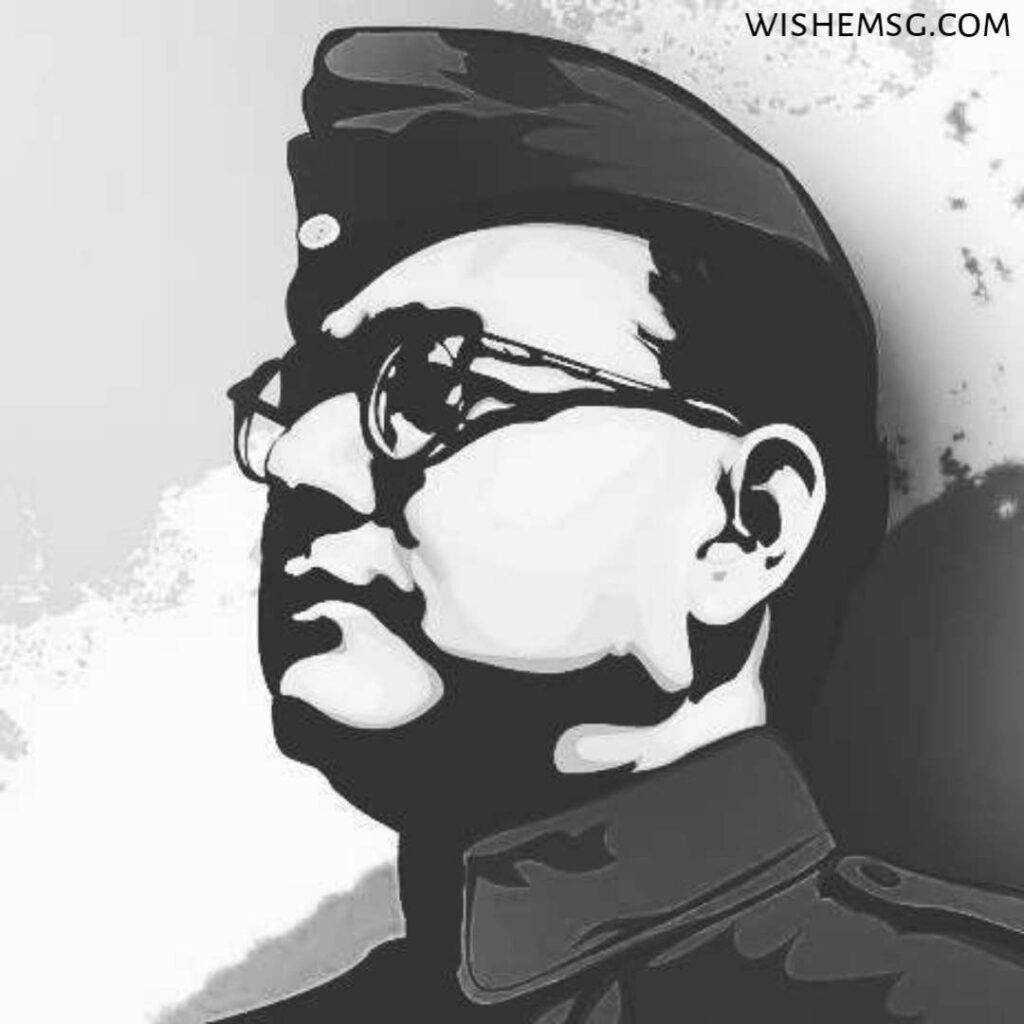
In 1942, Bose established the Azad Hind Fauj (Indian National Army) with the help of the Axis powers. The INA’s aim was to liberate India from British rule through armed struggle. Bose’s famous rallying cry, “Give me blood, and I shall give you freedom,” stirred the hearts of countless Indians and inspired them to join the struggle.
The INA’s march towards India alongside Japanese forces during World War II remains a remarkable episode in the fight for independence. While their efforts were ultimately thwarted, the INA’s legacy continued to inspire future generations of freedom fighters.
Mahatma Gandhi: The Father of the Nation
Mohandas Karamchand Gandhi, fondly remembered as Mahatma Gandhi, was the beacon of nonviolent resistance and civil disobedience. Born in Porbandar, Gujarat, Gandhi’s early life was marked by his advocacy for truth, simplicity, and equality.
Gandhi’s philosophy of Ahimsa (nonviolence) and Satyagraha (truth force) became the cornerstone of India’s struggle for independence. His ability to mobilize masses through peaceful protests, fasting, and self-sacrifice showcased the immense power of nonviolent resistance.
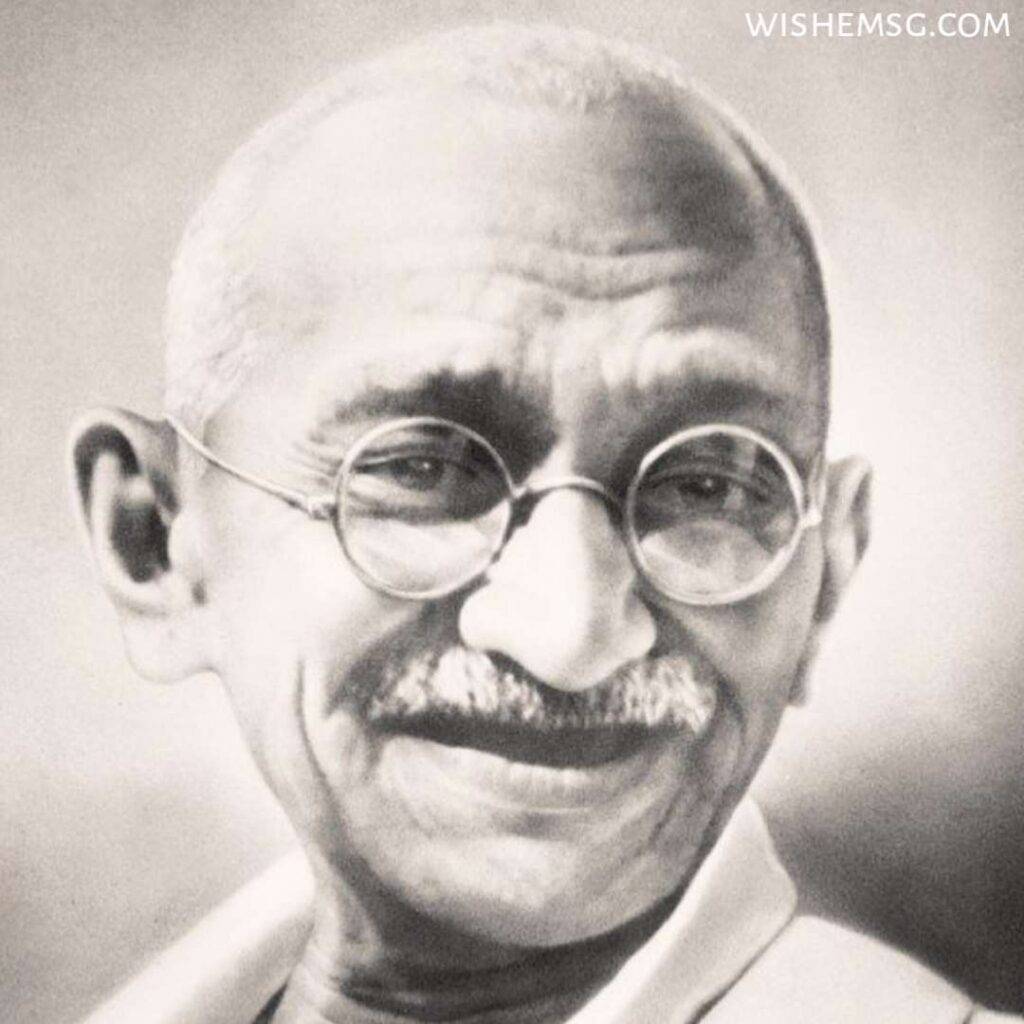
The Salt March of 1930 was a defining moment in India’s fight against British salt taxes. Gandhi’s 240-mile march to the Arabian Sea, along with thousands of followers, was a poignant demonstration of unity and resilience. His call for the Quit India Movement in 1942 further galvanized the nation’s resolve.
Despite facing imprisonment and hardships, Gandhi remained steadfast in his pursuit of freedom and social justice. His leadership and teachings not only secured India’s independence but also left an indelible impact on global movements for civil rights and social change.
Jawaharlal Nehru: India’s First Prime Minister
Jawaharlal Nehru, affectionately known as Chacha Nehru, was a visionary leader and statesman who played a pivotal role in shaping post-independence India. Born into a privileged family, Nehru was educated in England and was exposed to various ideologies that influenced his worldview.
Nehru’s deep commitment to socialism, secularism, and democratic principles guided his political career. He was a staunch supporter of industrialization, modernization, and scientific temper. As India’s first Prime Minister, Nehru’s policies laid the foundation for a strong and self-reliant nation.
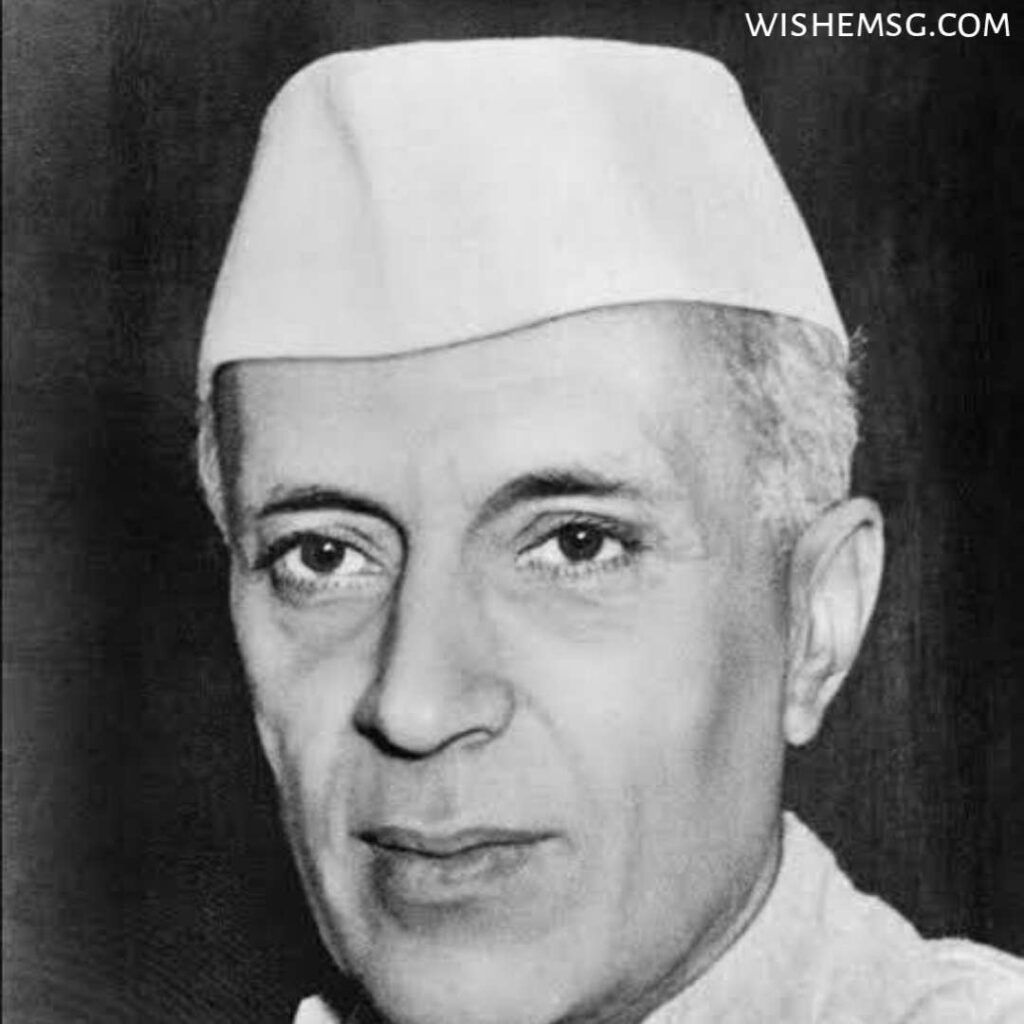
His famous speech “Tryst with Destiny” marked India’s transition to independence on August 15, 1947. Nehru’s leadership during the challenging early years of nation-building, along with his focus on education and social welfare, endeared him to millions of Indians.
Bal Gangadhar Tilak: The Firebrand Nationalist
Bal Gangadhar Tilak, a towering figure in India’s struggle for independence, was a dynamic leader and a fervent advocate of nationalism. Born in Maharashtra, Tilak’s unyielding spirit and passionate commitment to the cause of freedom earned him the title of the “Lokmanya,” meaning “beloved leader of the people.”
Tilak’s impact on the freedom movement was profound. He believed in the power of mass mobilization and sought to awaken the patriotic fervor of the Indian masses. Through his newspapers, particularly “Kesari” and “Maratha,” he fearlessly exposed the injustices of British rule and called for unity and resistance.
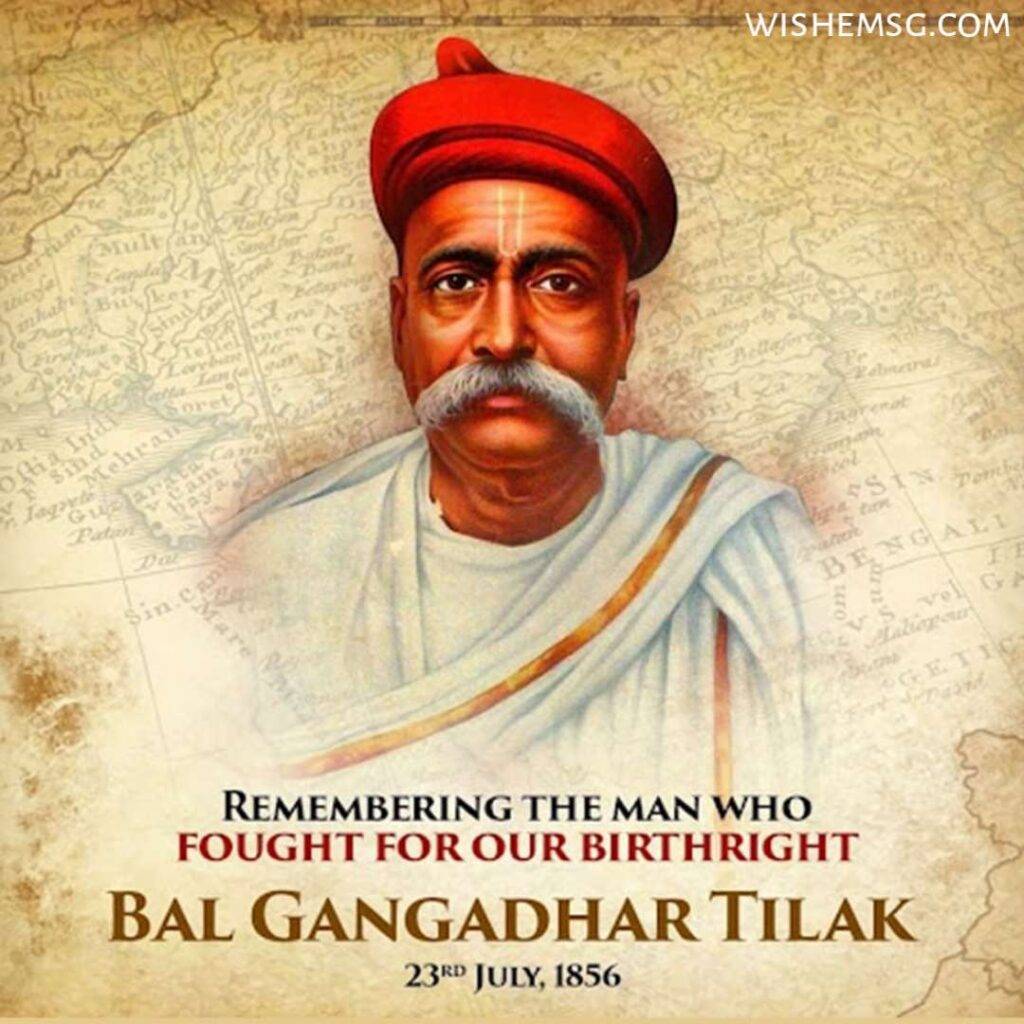
One of Tilak’s most enduring contributions was the concept of “Swaraj is my birthright and I shall have it.” This slogan captured the essence of his ideology, emphasizing the inherent right of Indians to self-governance. His arrest and subsequent trial for sedition only amplified his influence, transforming him into a symbol of defiance.
Tilak’s efforts extended beyond politics. He recognized the importance of cultural revival and played a pivotal role in reviving traditional festivals like Ganesh Chaturthi, which became a platform for fostering nationalistic sentiment. His vision for a united and self-reliant India left an indelible mark on the country’s path to independence.
Gopal Krishna Gokhale: The Mentor and Guide
Gopal Krishna Gokhale was a distinguished leader, reformer, and mentor who played a vital role in nurturing the minds of future freedom fighters. Born in Maharashtra, Gokhale was deeply influenced by the teachings of social reformers like Jyotirao Phule and sought to address the social and economic issues of his time.
Gokhale believed in peaceful and constitutional methods to achieve India’s self-governance. He was a prominent member of the Indian National Congress and used his position to advocate for political and social reforms within the colonial framework. Gokhale’s famous dictum, “Swaraj is my birthright and I shall have it,” resonated with the masses and became a rallying cry for the freedom movement.
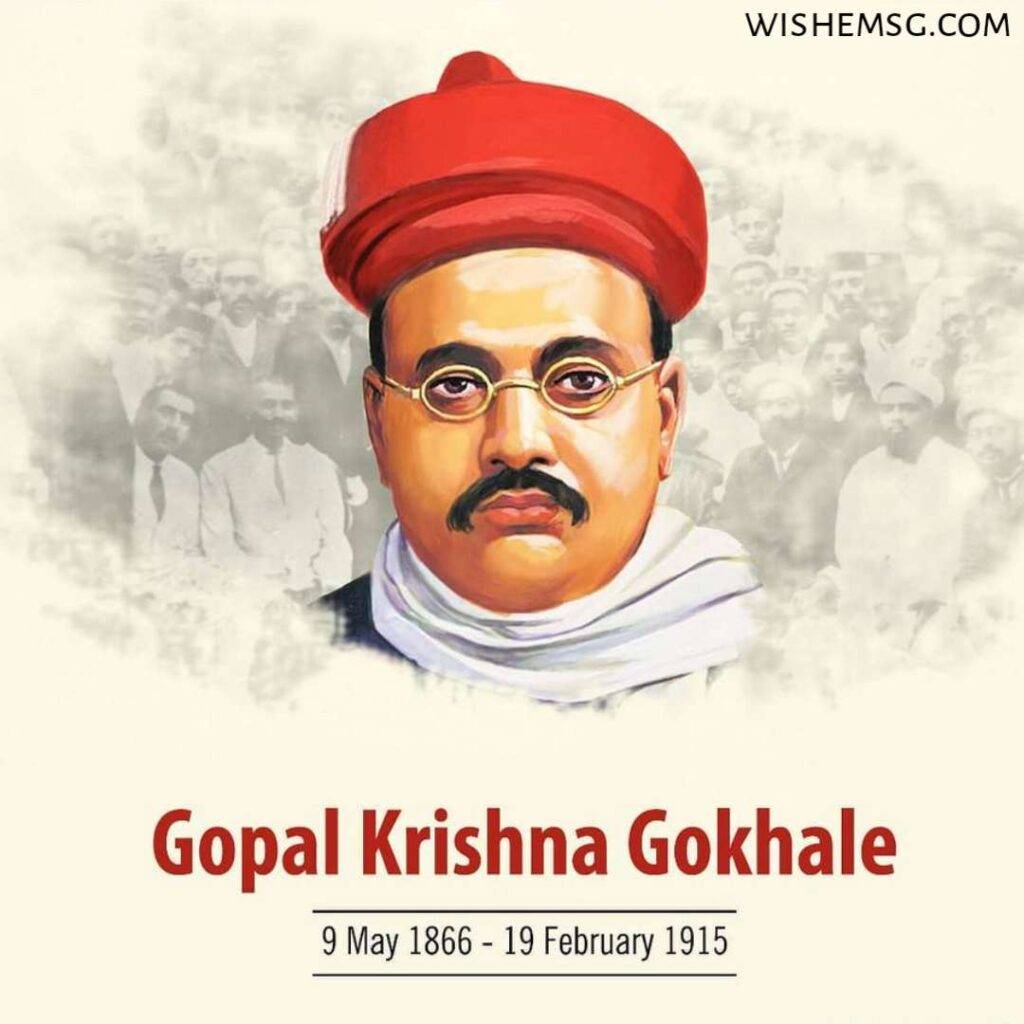
As a mentor, Gokhale played a crucial role in shaping the ideologies of leaders like Mahatma Gandhi. He emphasized the importance of education, civic responsibility, and cooperation with the British government. Gokhale’s pragmatic approach and commitment to moderate reforms laid the groundwork for the larger struggle for India’s independence.
Dadabhai Naoroji: The Grand Old Man of India
Dadabhai Naoroji, often referred to as the “Grand Old Man of India,” was a pioneering nationalist leader and a prominent advocate for India’s economic self-sufficiency. Born in Bombay (now Mumbai), Naoroji’s early experiences of racial discrimination in England fueled his determination to fight for India’s rights.
Naoroji’s notable contribution was his “Drain Theory,” which highlighted the economic exploitation of India by the British through the drain of wealth. He was the first Asian to be elected to the British Parliament and used his position to raise awareness about India’s plight.
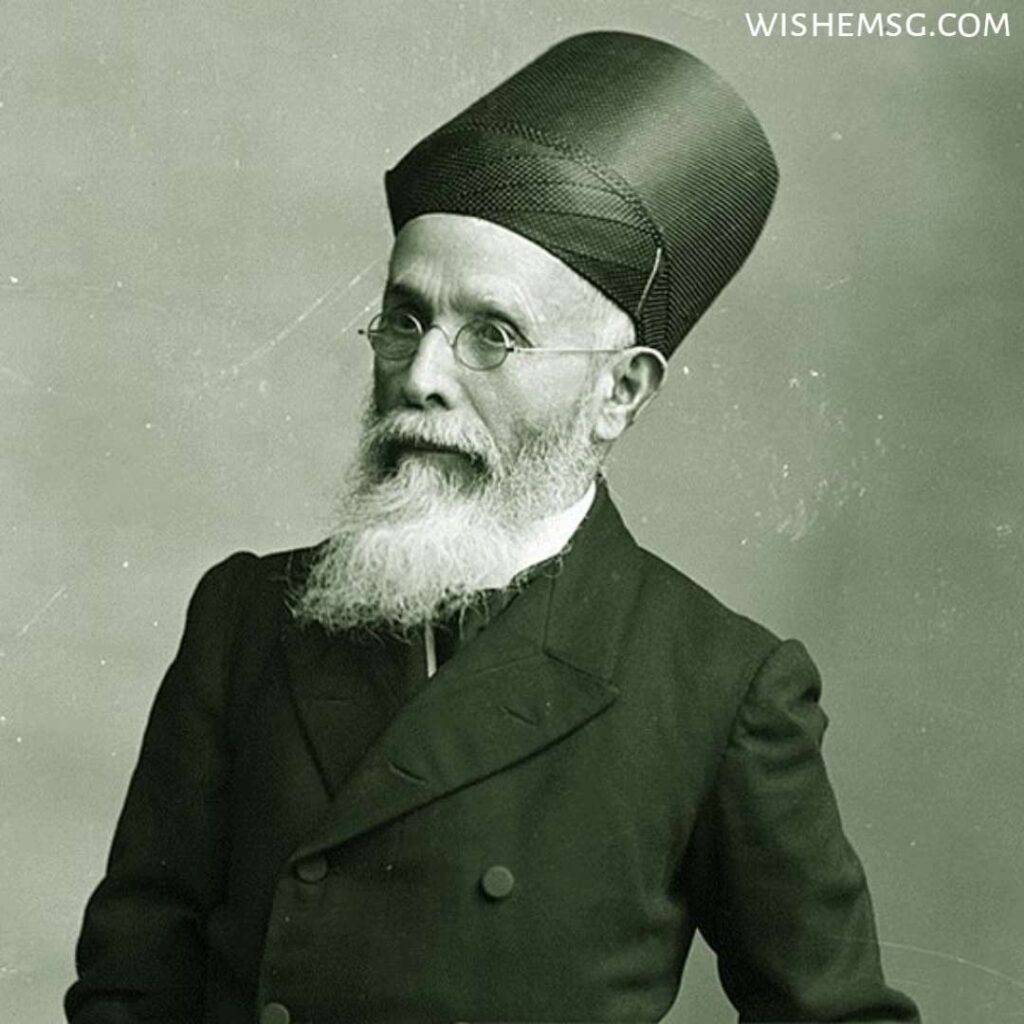
His famous book, “Poverty and Un-British Rule in India,” eloquently laid out the economic injustices faced by Indians under colonial rule. Naoroji’s tireless efforts to expose British exploitation and advocate for self-governance earned him the respect and admiration of his contemporaries and subsequent generations.
Sardar Vallabhbhai Patel: The Iron Man of India
Sardar Vallabhbhai Patel, fondly known as the “Iron Man of India,” was a towering figure in the country’s struggle for independence and a key architect of its post-colonial unification. Born in Gujarat, Patel’s unwavering determination, strategic vision, and commitment to national unity left an indelible mark on India’s history.
Patel’s leadership during the tumultuous period of India’s partition and subsequent integration of princely states showcased his exceptional statesmanship. As the first Deputy Prime Minister and Minister of Home Affairs of independent India, he played a pivotal role in uniting over 560 princely states into the newly formed Indian Union.
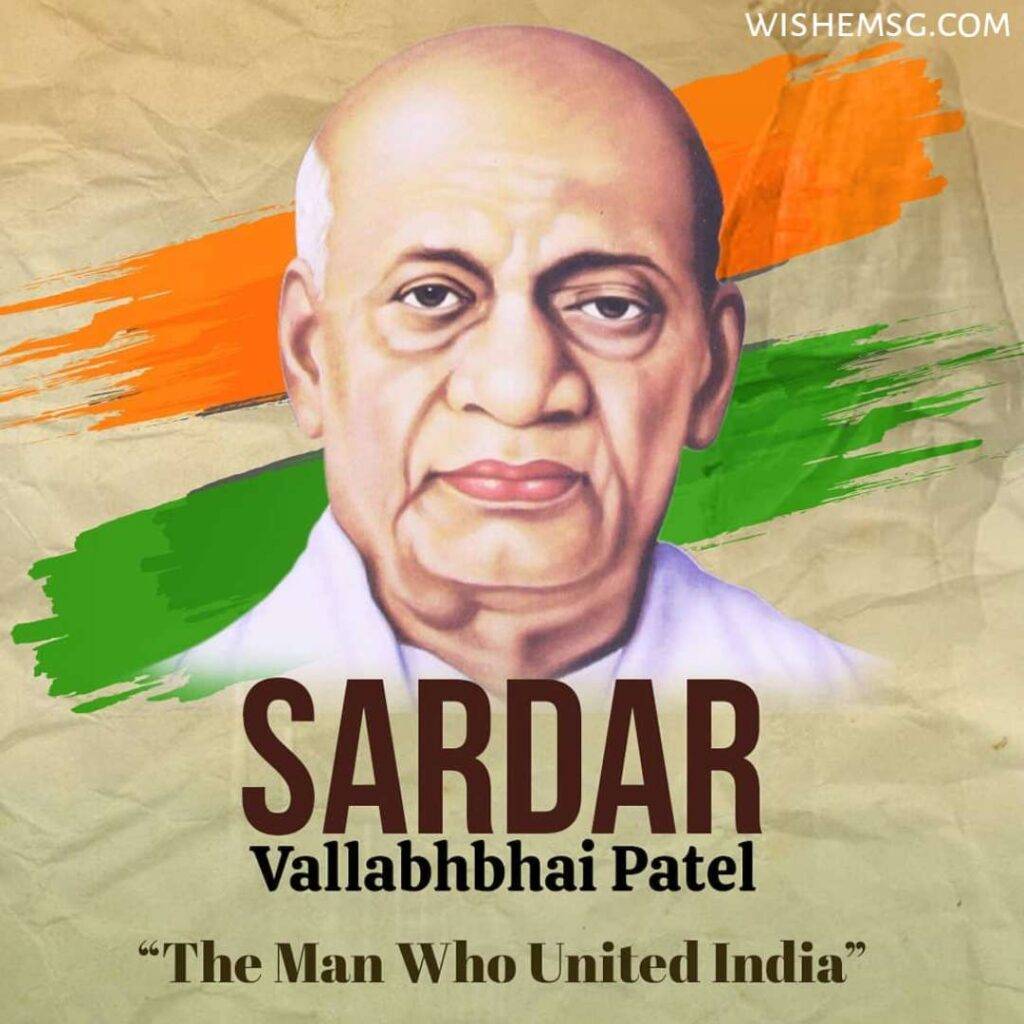
One of Patel’s most significant achievements was his adept handling of the integration of the princely state of Hyderabad, ensuring a seamless transition and adherence to democratic principles. His resolute stance against divisive forces helped shape India’s identity as a diverse yet united nation.
Patel’s legacy extends beyond politics. His efforts to establish the All India Institute of Medical Sciences (AIIMS) and the Indian Administrative Service (IAS) reflect his commitment to excellence in healthcare and administration. His vision and pragmatism earned him the admiration and respect of his contemporaries and future generations alike.
Dr. B.R Ambedkar: Architect of the Indian Constitution
Dr. Bhimrao Ramji Ambedkar, widely known as the “Architect of the Indian Constitution,” was a visionary leader, social reformer, and a staunch advocate for the rights of marginalized communities. Born into a Dalit family, Ambedkar’s life and work were dedicated to combating caste-based discrimination and ensuring social justice.
Ambedkar’s intellectual prowess and unwavering commitment to equality propelled him to the forefront of the struggle for social reform. His efforts to uplift the oppressed led to the formation of the Bahujan movement, advocating for the rights and dignity of the Dalits, Adivasis, and other marginalized groups.
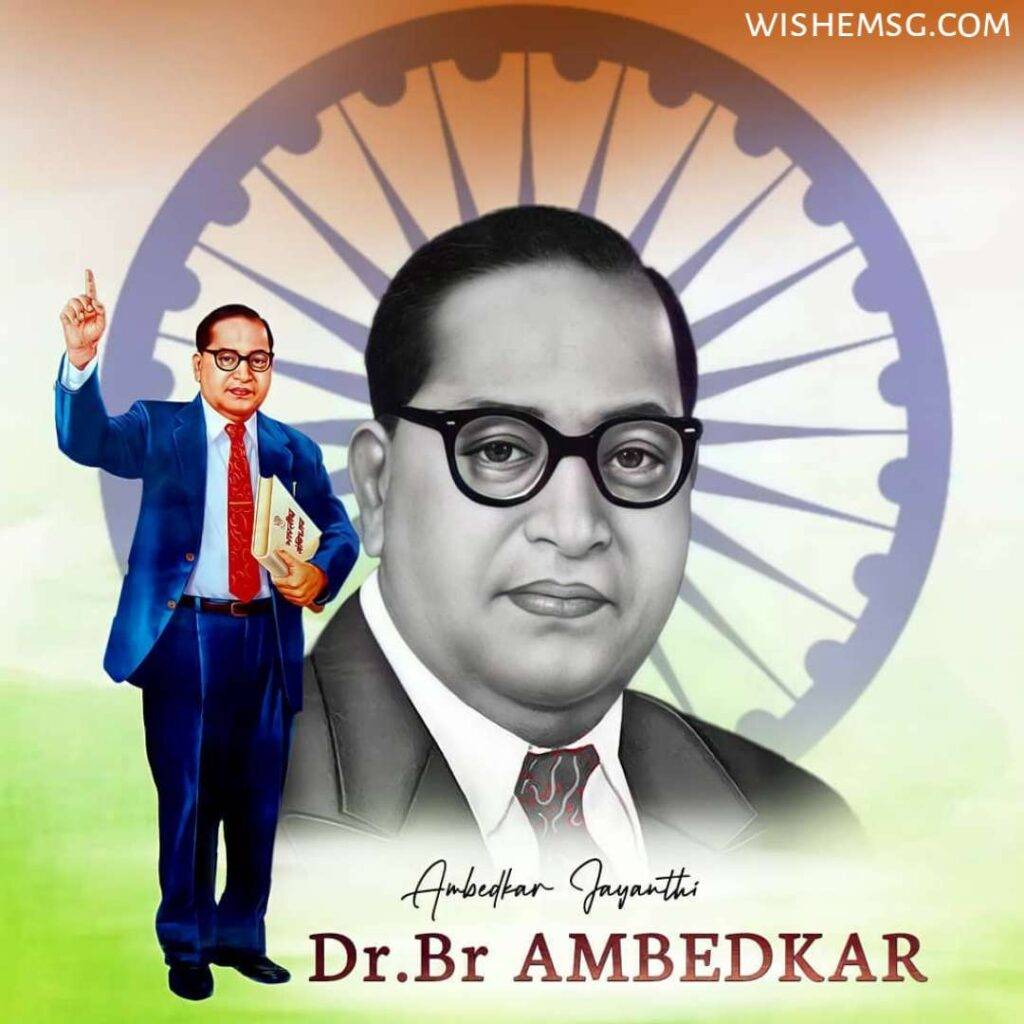
As the Chairman of the Drafting Committee of the Constituent Assembly, Ambedkar played a pivotal role in shaping the Indian Constitution. His tireless efforts ensured that the Constitution enshrined principles of justice, equality, and fundamental rights for all citizens. Ambedkar’s insistence on a secular and inclusive framework laid the foundation for a democratic and pluralistic India.
Beyond his contributions to the Constitution, Ambedkar’s work encompassed a wide spectrum of social issues. He fought against untouchability, championed women’s rights, and worked to improve education and economic opportunities for the underprivileged. His message of empowerment and self-respect continues to inspire millions.
Nana Sahib: The Forgotten Hero of 1857
Nana Sahib, a significant but often overlooked figure in the Indian struggle for independence, played a crucial role in the events of the 1857 Revolt against British colonial rule. Hailing from the royal Maratha family, Nana Sahib’s contributions and leadership during this pivotal period deserve recognition and remembrance.
Nana Sahib’s involvement in the 1857 Revolt was driven by a deep sense of injustice and a desire to regain the dignity and sovereignty of his people. After the annexation of his family’s kingdom of Kanpur (Cawnpore) by the British, Nana Sahib emerged as a symbol of resistance, rallying various factions against their colonial oppressors.
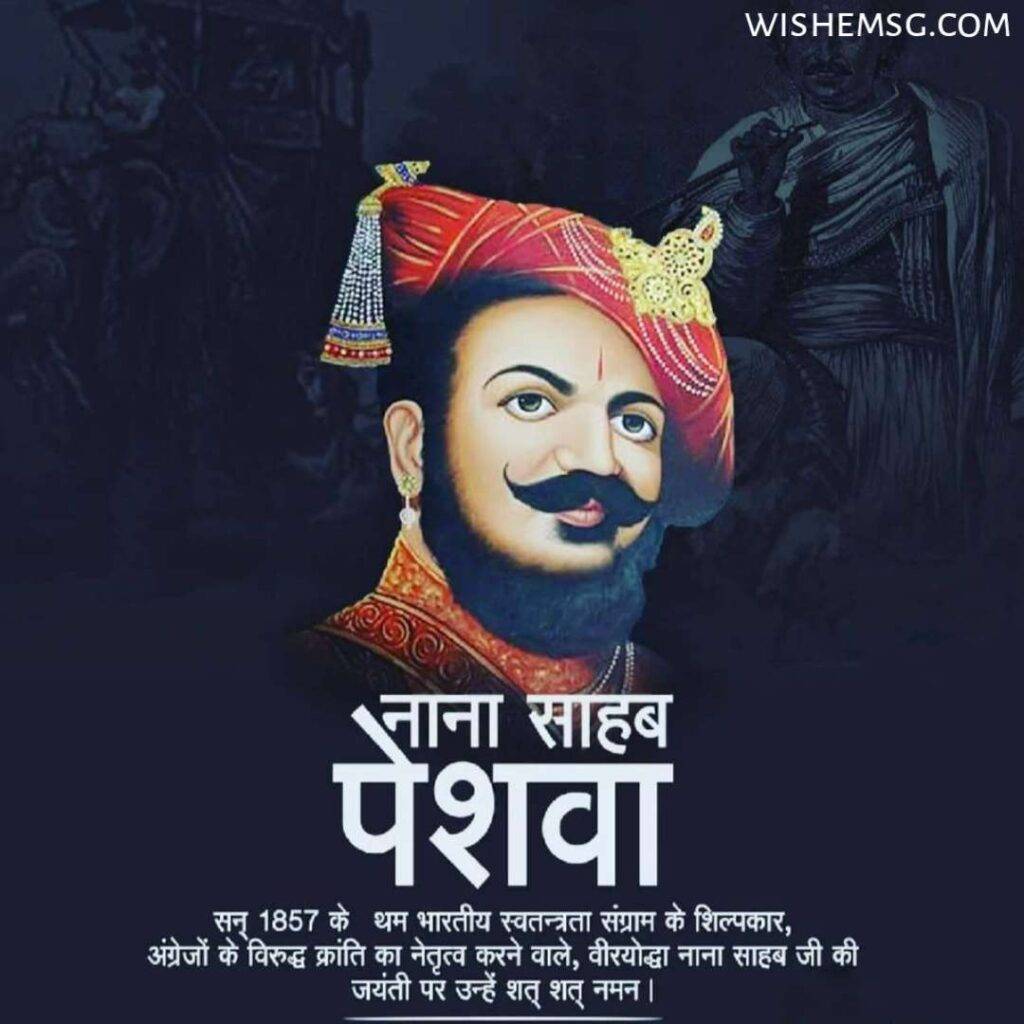
One of the most tragic and well-known episodes associated with Nana Sahib is the Bibighar massacre. Following the recapture of Kanpur by the British, Nana Sahib’s role in these events has been debated by historians. Some accounts suggest that he may have attempted to mitigate the violence, while others question his direct involvement.
Despite the complexities surrounding his actions, Nana Sahib’s leadership and determination served as an inspiration to many who sought to challenge British dominance. His efforts in the Siege of Cawnpore and his role in uniting diverse groups for a common cause underscore his significance in the broader narrative of the 1857 Revolt.

